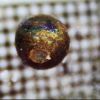Astronomers detect hydrogen corona of Jupiter’s moon Europa0
- From Around the Web, Space
- February 9, 2017
Using the Hubble Space Telescope (HST), astronomers have spotted an atomic hydrogen corona around Jupiter’s icy moon Europa.
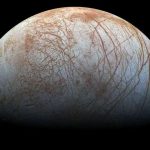
Using the Hubble Space Telescope (HST), astronomers have spotted an atomic hydrogen corona around Jupiter’s icy moon Europa.
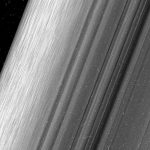
Images from the Cassini spacecraft are most detailed ever taken, and include previously unseen features within the rings.

Mars scientists are wrestling with a problem. Ample evidence says ancient Mars was sometimes wet, with water flowing and pooling on the planet’s surface.

A small but distinctive signal in X-rays from the Milky Way could be key to proving the existence of dark matter.

A small comet named “45P/Honda-Mrkos-Pajdusakova” (45P for short) is approaching Earth. At closest approach on Feb. 11th, the comet will be 7.4 million miles from our planet, visible in binoculars and small telescopes.

A proposed project would send soap-size spacecraft to orbit Proxima Centauri, offering enough time to study the star’s intriguing world.

Where is everybody? Are we really alone out here, or are aliens avoiding us?

Trillions of neutrinos, or ghost particles, are passing through us every second. While scientists know this fact, they don’t know what role neutrinos play in the universe because they are devilishly hard to measure.
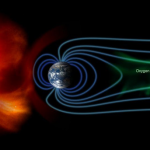
A team of researchers affiliated with several institutions in Japan, examining data from that country’s moon-orbiting Kaguya spacecraft, has found evidence of oxygen from Earth’s atmosphere making its way to the surface of the moon for a few days every month.
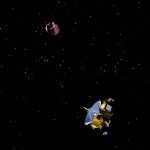
NASA’s New Horizons spacecraft completed a short propulsive maneuver Wednesday to refine its track toward a New Year’s Day 2019 flyby past 2014 MU69, a Kuiper Belt object (KBO) some 4 billion miles (6.4 billion kilometers) from Earth.


